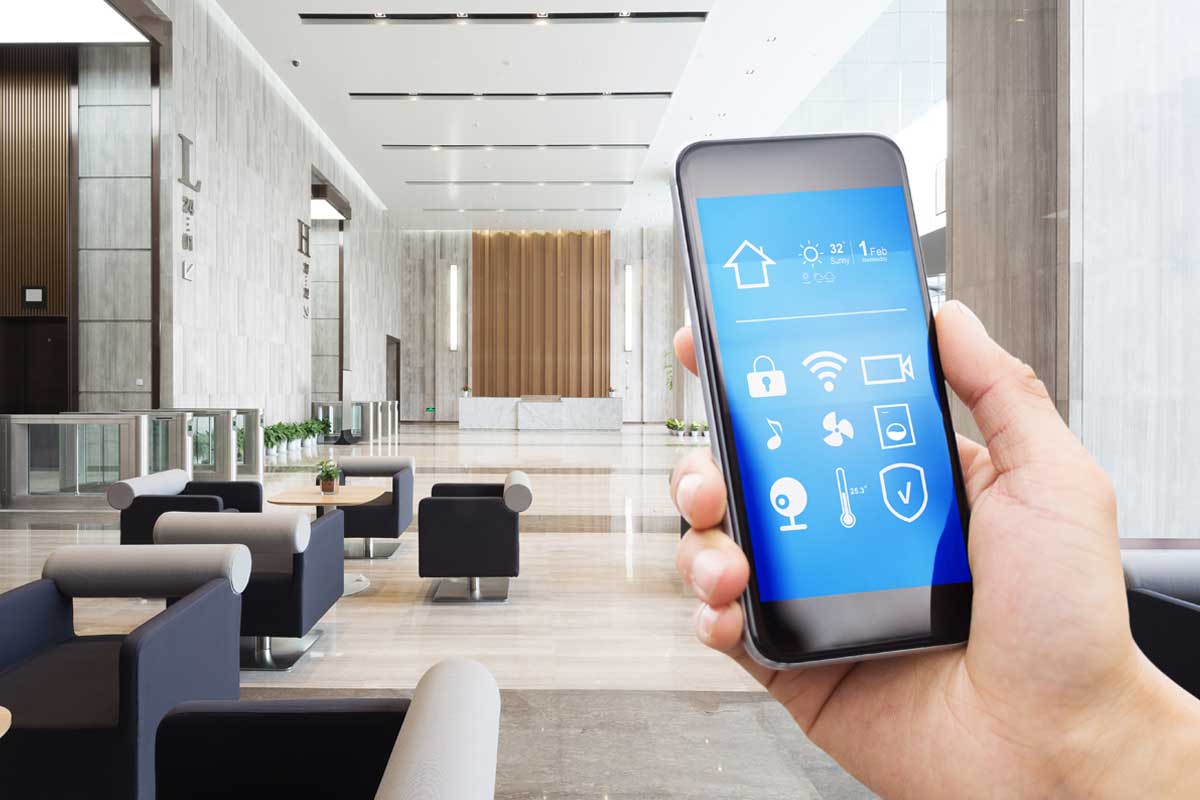
Most people don’t consider operating a building a major contributor to climate change. However, according to many recent studies1, buildings account for 30% of global final energy consumption and 26% of global energy-related emissions. Buildings consume an absorbent amount of energy for standard operations, such as maintenance, heating, cooling, lighting, security, and appliances. Worse, they all contribute significantly to greenhouse gas emissions, even if no one is in the building.
Advancements in AI Technologies have made tremendous advances in optimizing energy and reducing waste in building operations. In the same way that AI can help us decide which products to buy with data-driven recommendations, it can also help us make better, real-time decisions about how we consume energy for the better. The potential to tackle global issues such as climate change with smarter building optimization is monumental, and innovative companies are taking notice.
How AI Can Help Build Sustainable, Smart Buildings
A United Nations report stated that today’s innovations could result in 40% embodied carbon reduction in the building sector by 20302 – and we’ve since come even further in advances. At a high level, AI can analyze energy usage patterns in a given building and identify optimization opportunities based on several factors that we’ll outline below. With the right technology, AI can actually maximize occupants’ comfort while minimizing the building’s overall carbon footprint.
Occupancy
With AI-powered sensors embedded into floors, walls, and ceilings, we can accurately determine the occupancy of a given floor or room and adjust the energy usage appropriately in real time. This may look like turning off the heat on a company’s floor because the company gave employees a week off.
Weather Patterns
Trained AI models can analyze weather patterns and forecast energy demand based on outside conditions. With this data, building systems can proactively adjust energy consumption based on predictions (e.g., reduce heating if temperatures rise), creating more efficient processes and reducing energy waste.
Daily Activities
The beauty of office buildings is that they have peak activity hours during the day. There’s an opportunity for AI to learn those hours and operate energy usage accordingly (e.g., automatically turning off the lights after traditional work hours).
Maintenance
Equipment defects can be costly in energy and spending. Predictive maintenance, powered by AI, provides the chance to identify operational anomalies and get ahead of them before they waste significant energy. This also offers the opportunity to minimize future outages and maintenance needs.

Innovations in AI Powering Smart Buildings
More and more companies, from start-ups to big names, are innovating on the ways AI can optimize energy use. Here are some of the technologies helping buildings go green:
Turntide
Turntide3 for Buildings produces electric motors with small computers that detect heating and cooling patterns to optimize usage. Its Smart Motor System™ maximizes a building’s operational efficiency and energy performance to reduce carbon contributions and costs.
JLL
JLL, an innovator in real estate, acquired technology by Envio Systems that tracks a building’s occupancy and other external factors to adjust lighting, cooling, and similar energy-related activities via sensors and applications across systems and functions4. By integrating data from building systems and providing predictive analytics, JLL offers critical insights into utilities and operations, health and comfort, and sustainability regardless of existing equipment or building size.
IBM Envizi
IBM’s Envizi Software Suite monitors energy efficiency, including how renewable energy stacks up against conventional forms of energy, HVAC performance, and overall sustainability5. The Suite then offers advanced reporting into comprehensive ESG findings that help businesses accelerate their decarbonization efforts.
BrainBox AI
BrainBox AI’s cloud-based HVAC optimization solution connects to existing HVAC systems and autonomously sends real-time optimized commands to reduce emissions, energy costs, and operational inefficiencies6. Commands are based on AI predictions of each building zone’s thermal behavior and ensure the HVAC equipment only runs when needed.
A Greener Future with AI
The Internet of Things (IoT) has opened up opportunities to leverage AI technology to optimize and streamline energy usage in buildings, reduce costs, and improve sustainability efforts for the long term. Today’s innovations have made it easier than ever to understand better where buildings stand today and how they can be outfitted to become smart buildings. Taking this next step not only contributes to a greener future but also saves costs for building stakeholders.
How Ambiq Is Contributing
Sensors and other battery-powered IoT devices used to optimize energy usage require significant energy. They require computing power at lower energy levels to facilitate AI applications and optimization that last. Ambiq’s ultra-low power system-on-chip (SoC) solutions built on the patented Subthreshold Power Optimization Technology (SPOT ®) platform dramatically reduce the power consumption of devices, facilitating energy efficiency in smart buildings. A greener future is more accessible than ever before with Ambiq.
Sources
1 Buildings – Energy System – IEA I 2023
2 2020 Global Status Report For Buildings and Construction | 2020
3 Turntide Technologies | 2023
4 JLL Smart building solutions | 2023
5 Decarbonization Software – IBM Envizi | 2023
6 Decarbonize and optimize your buildings with autonomous AI (brainboxai.com) | 2023
Charlene Wan


